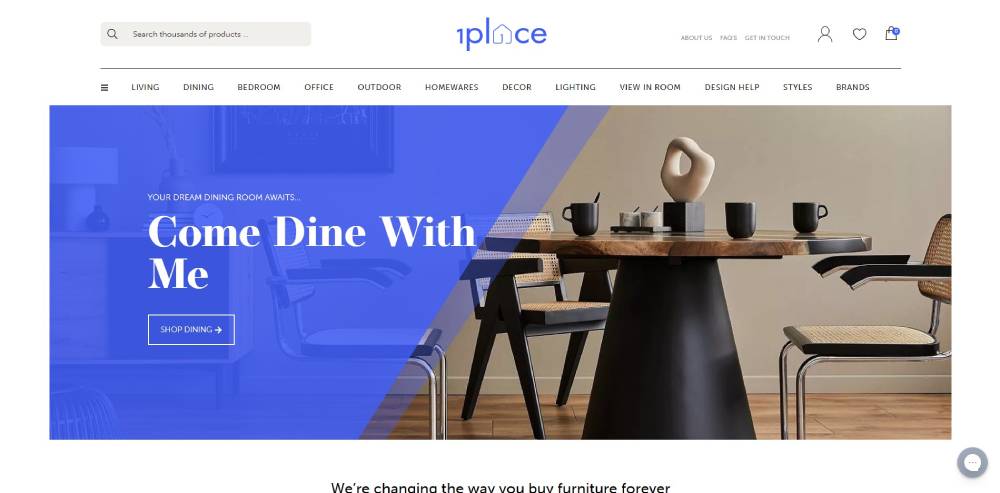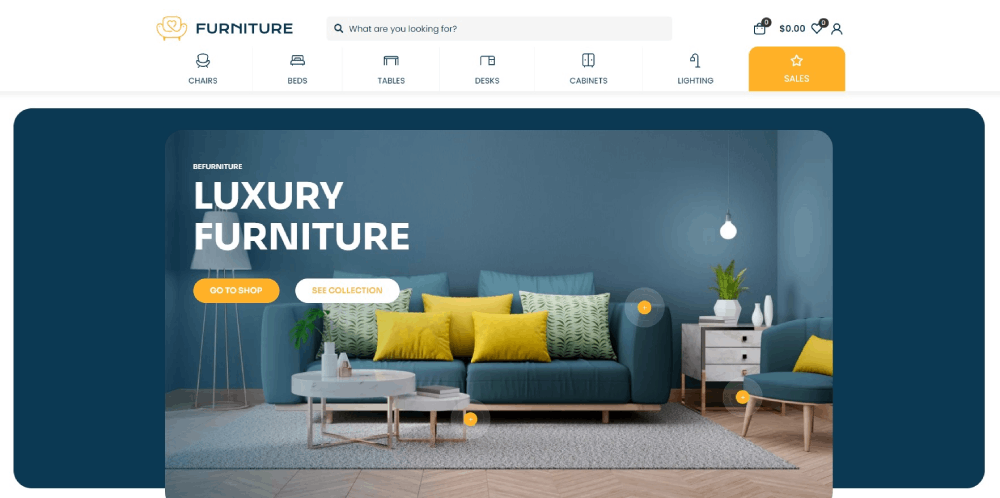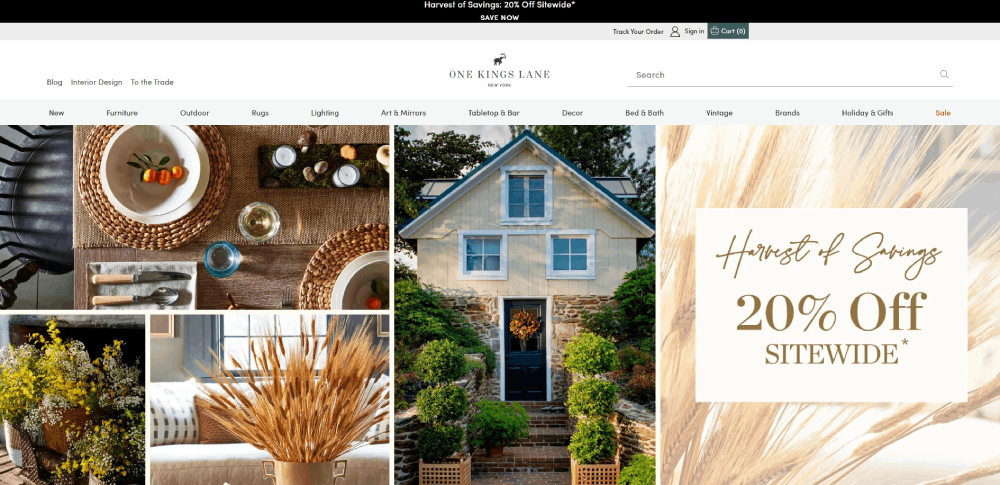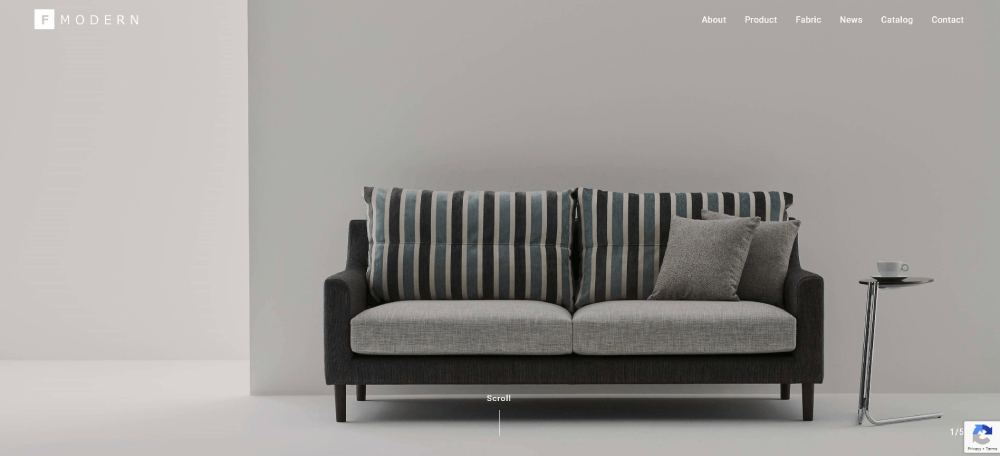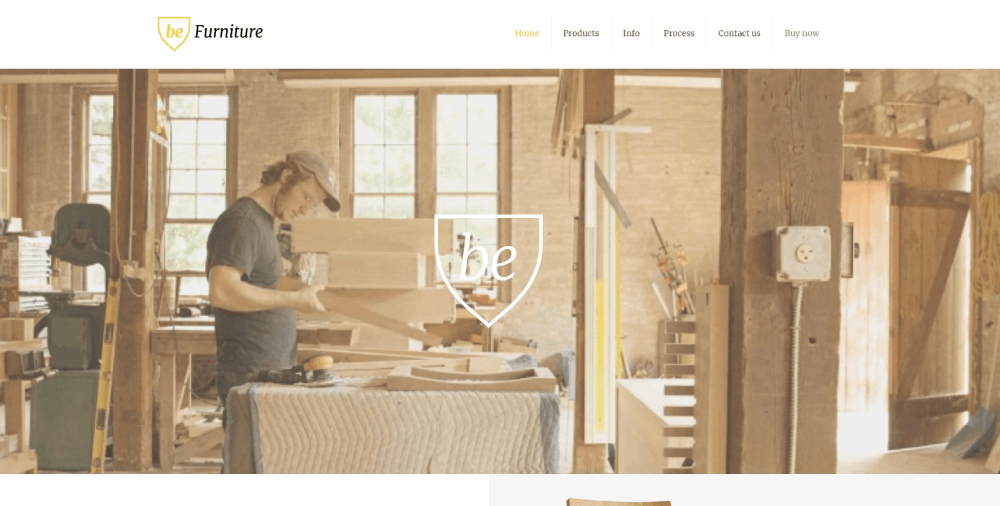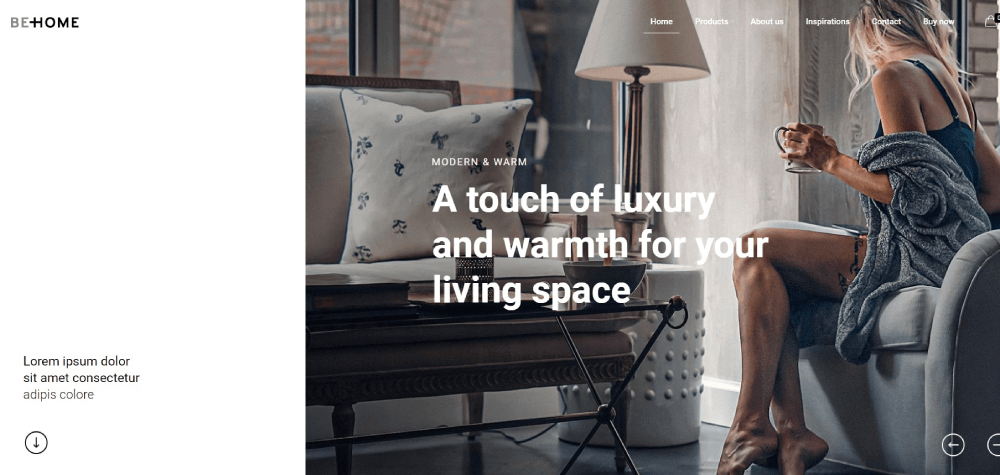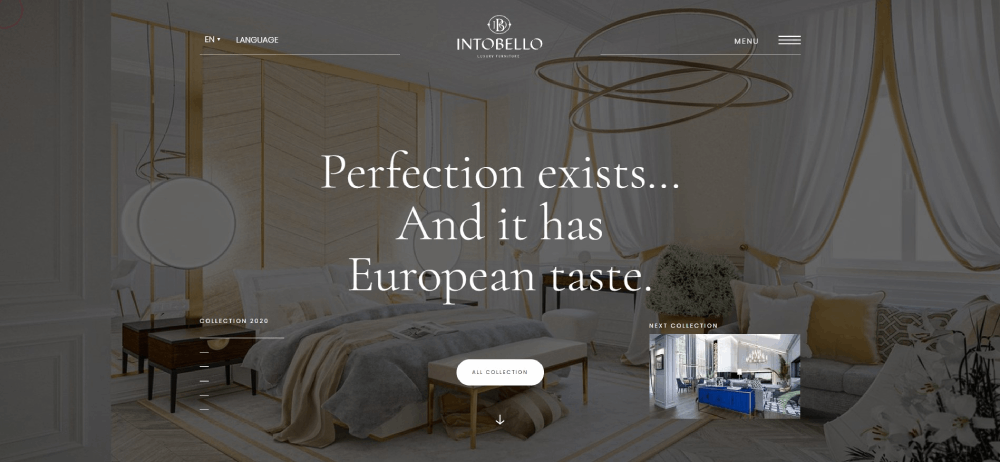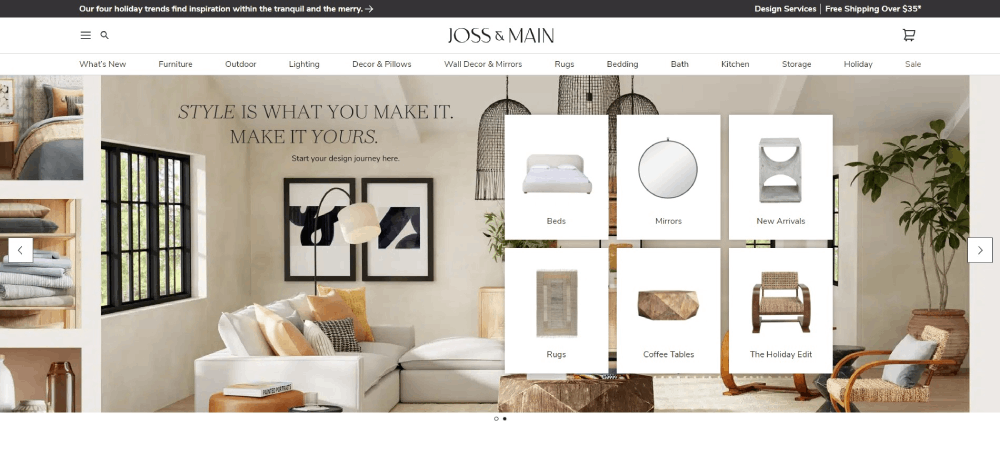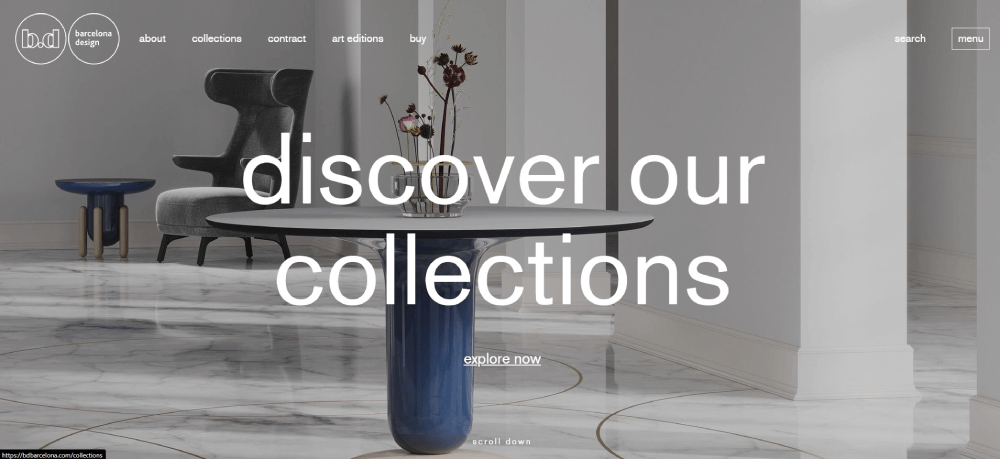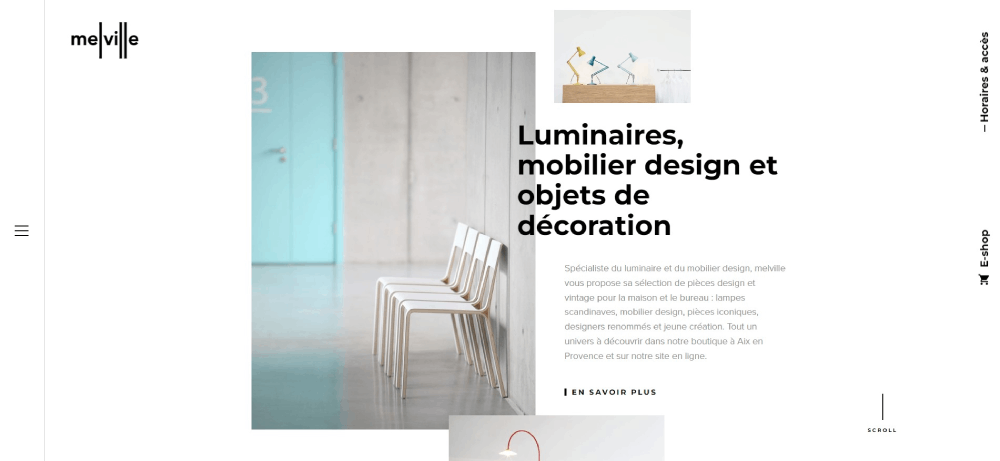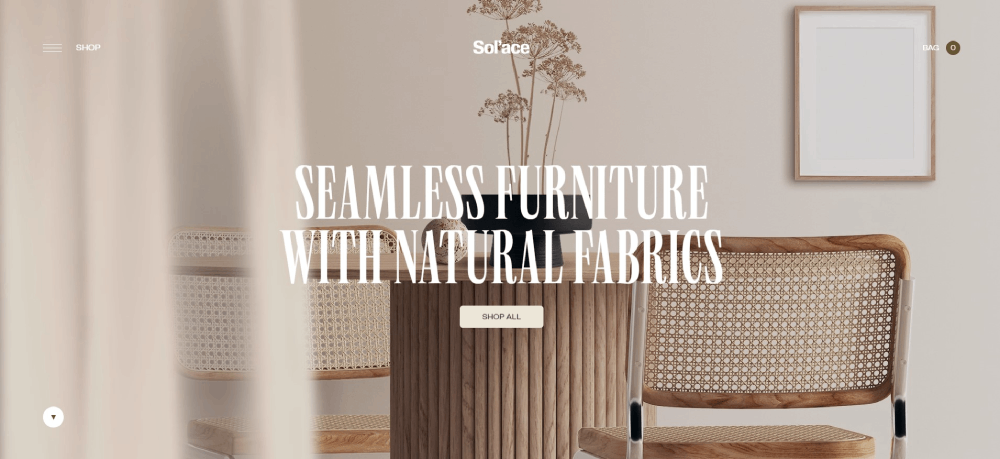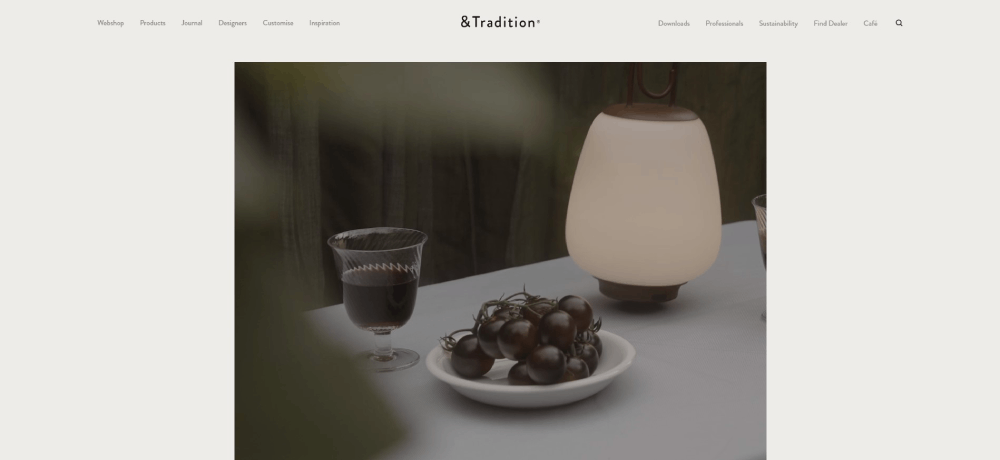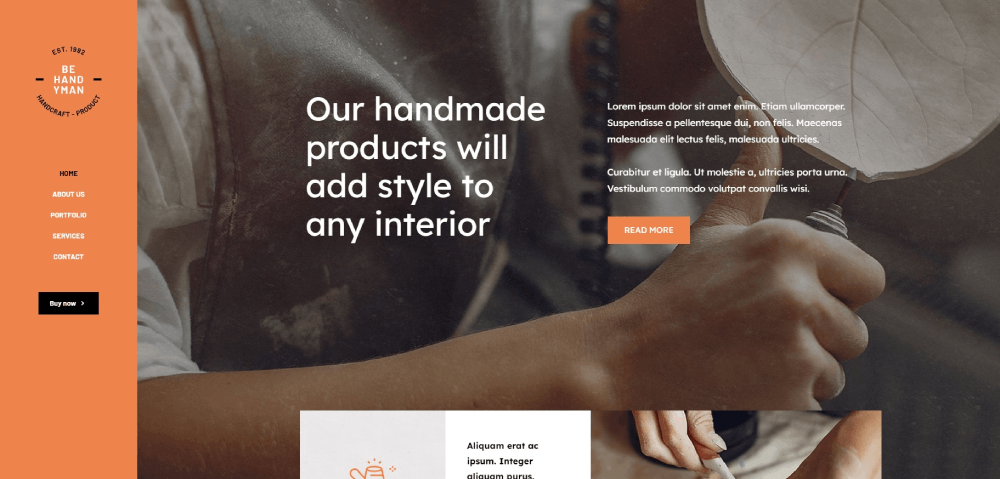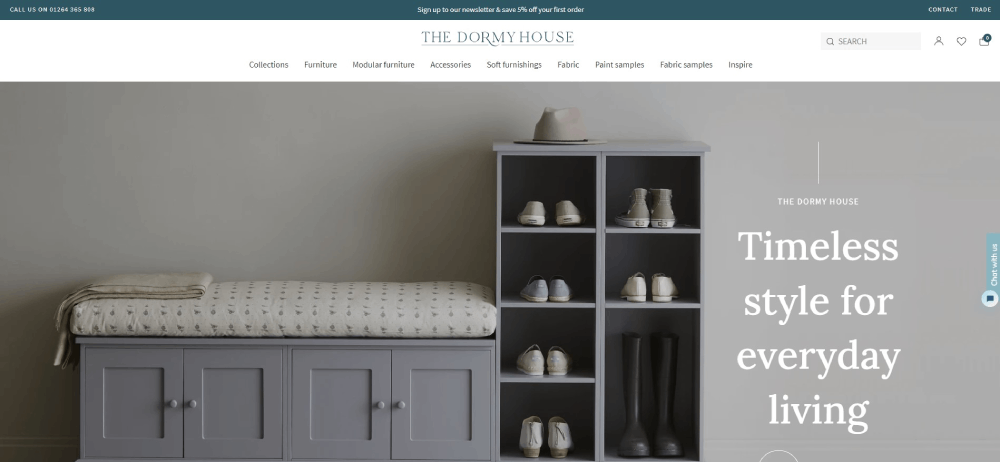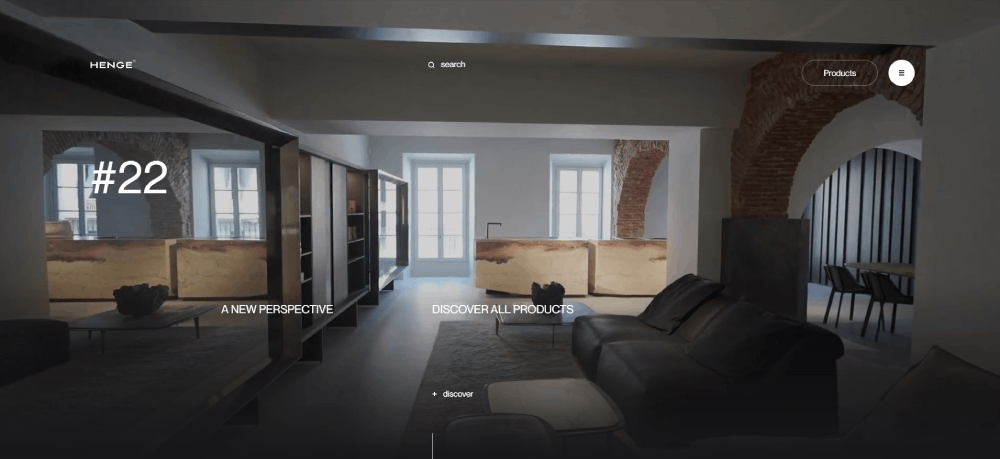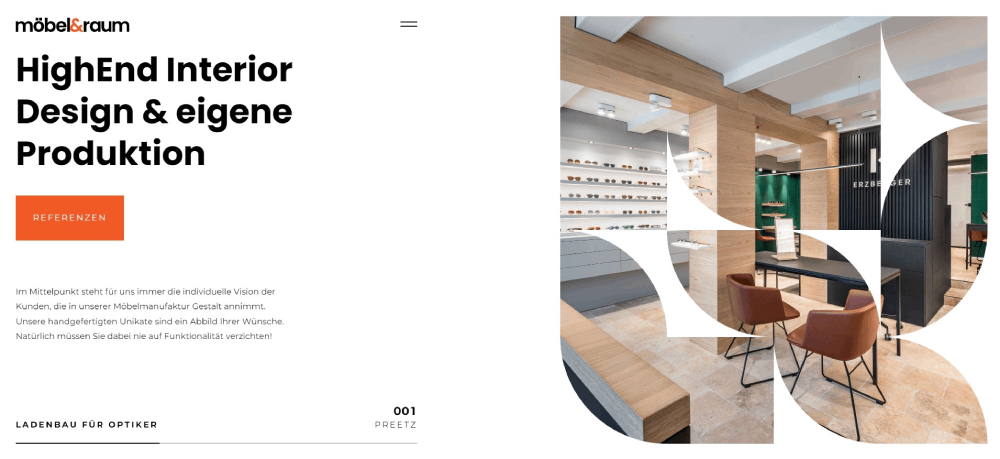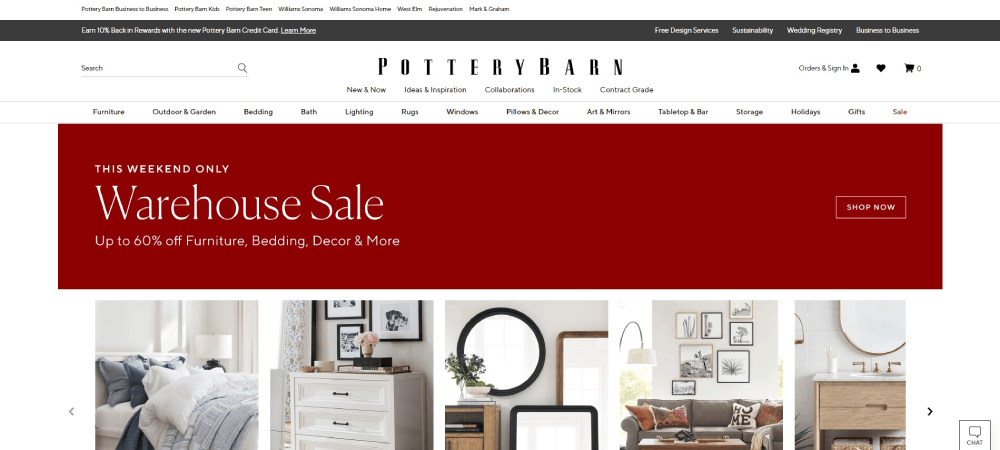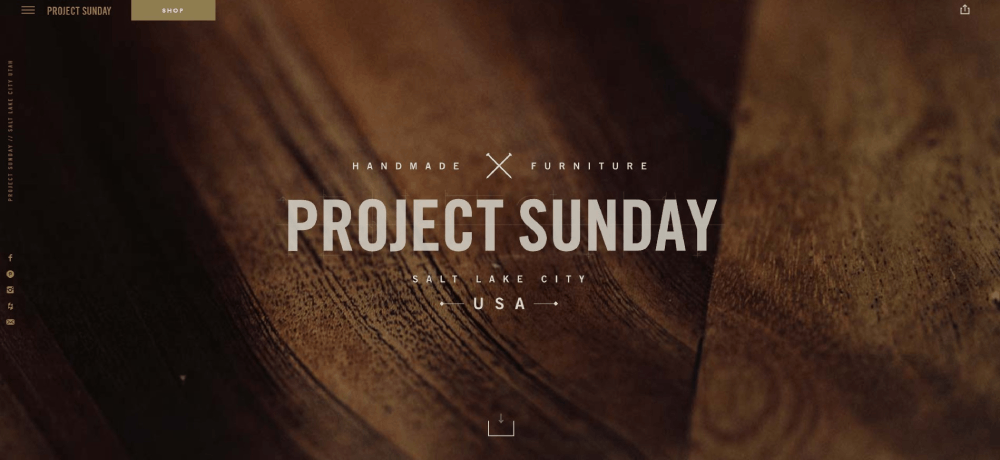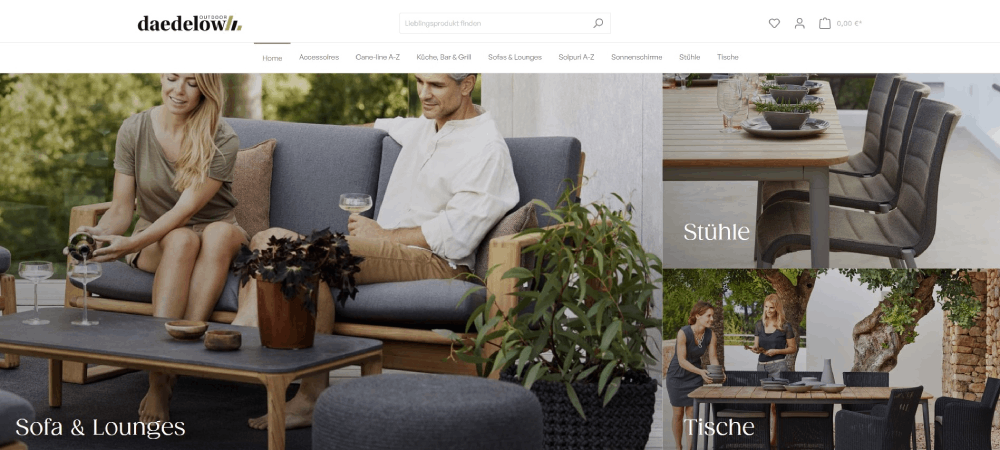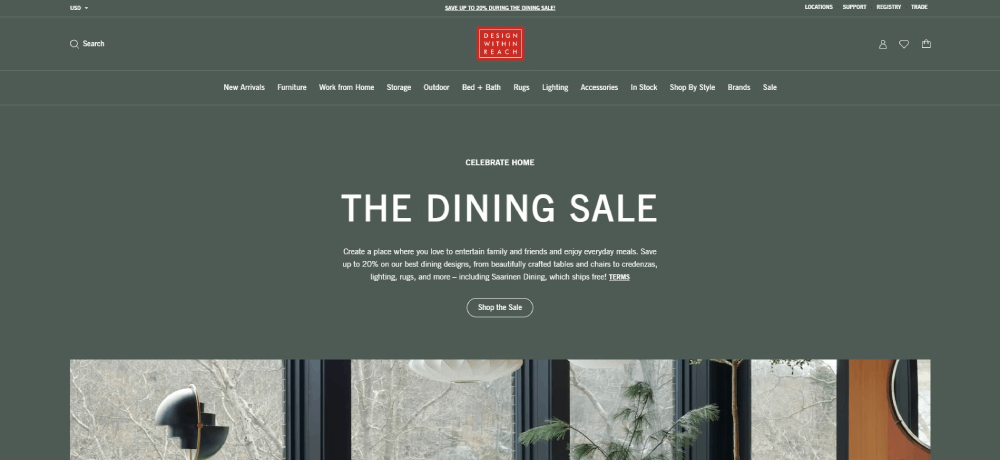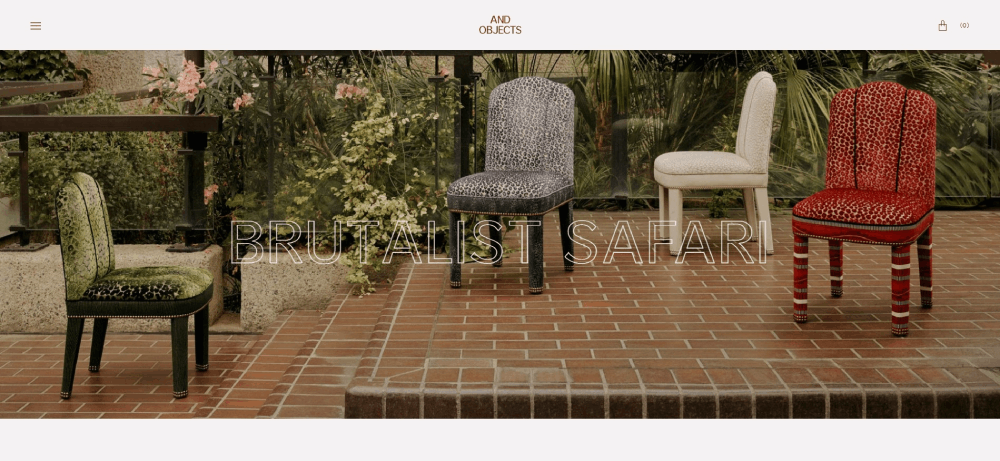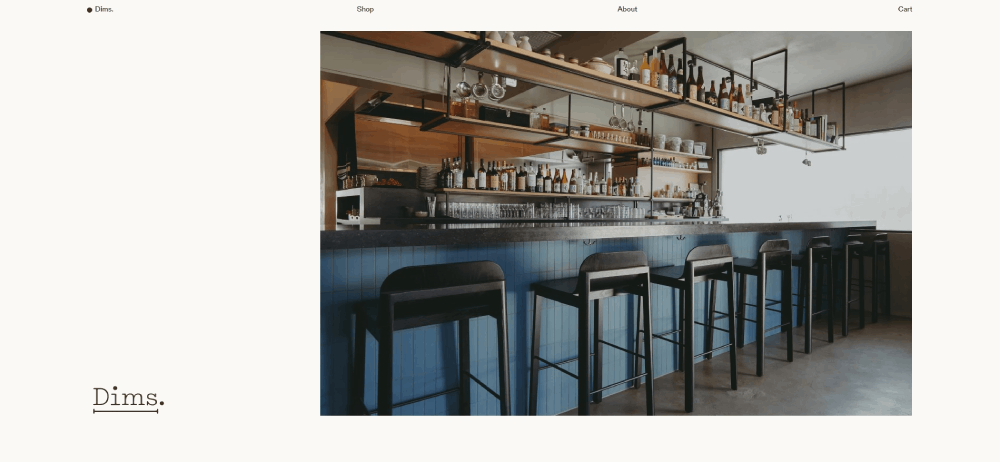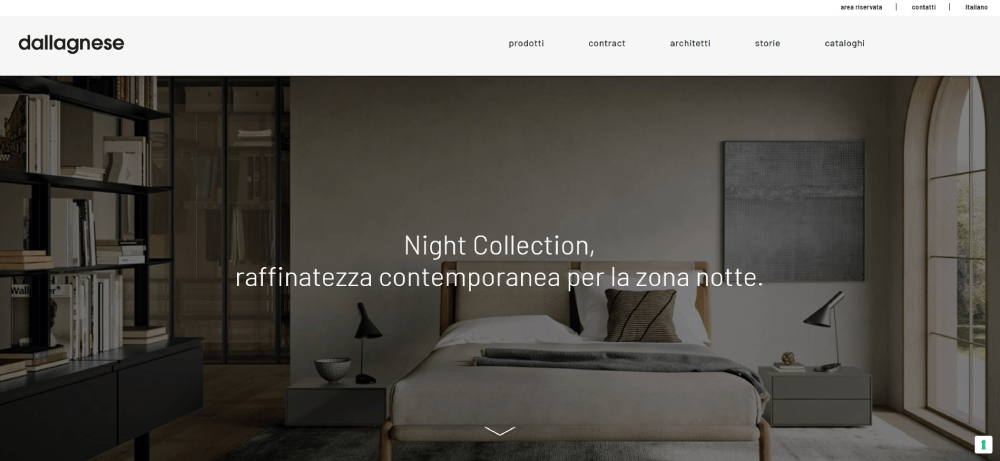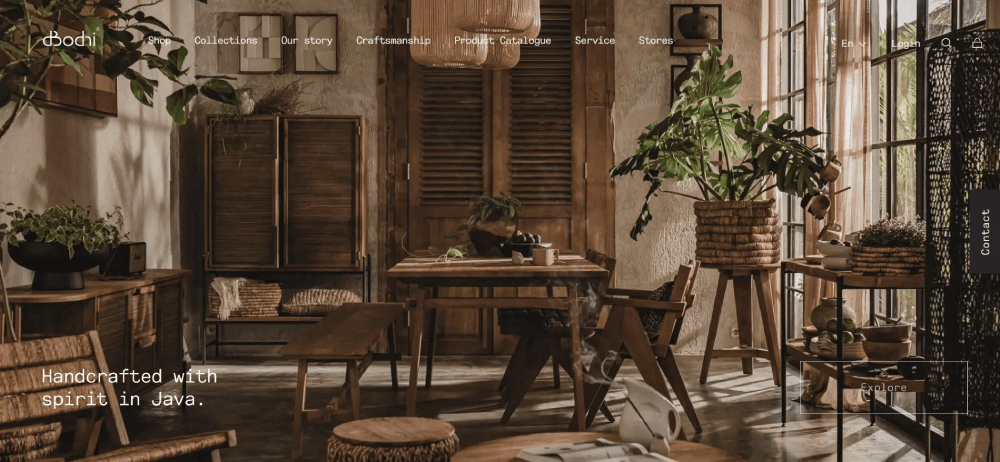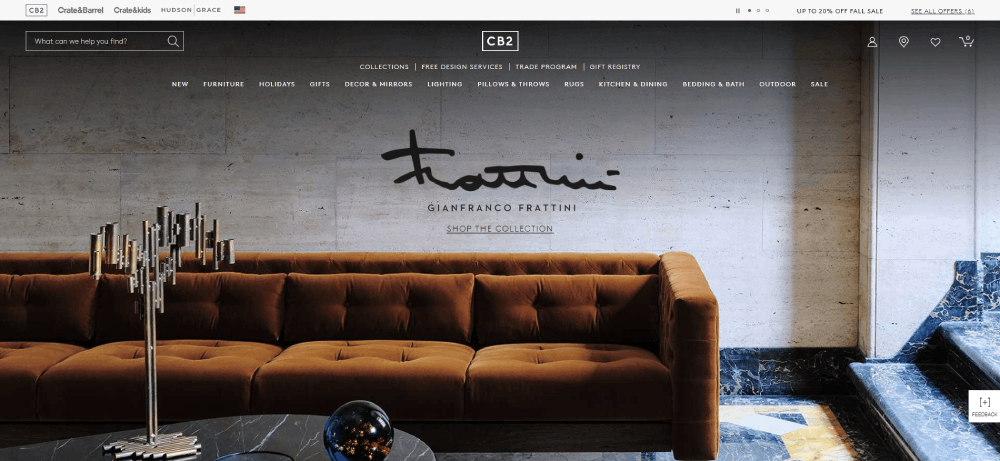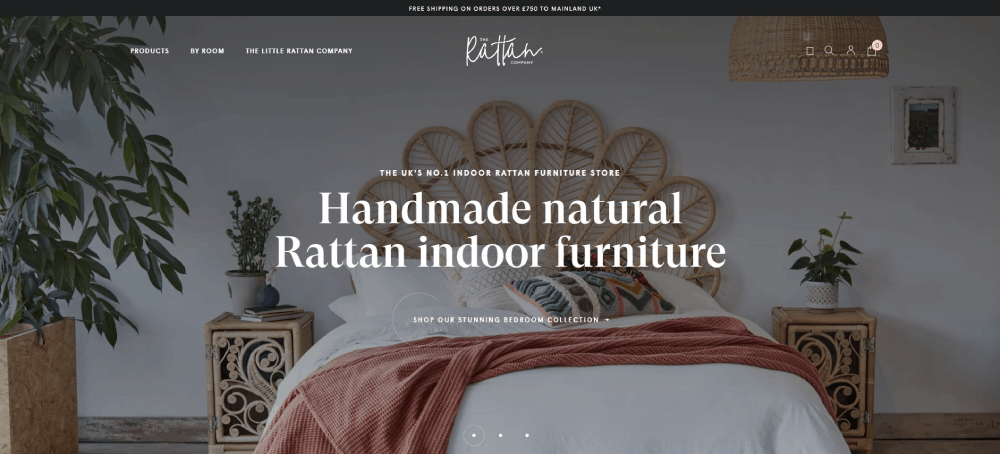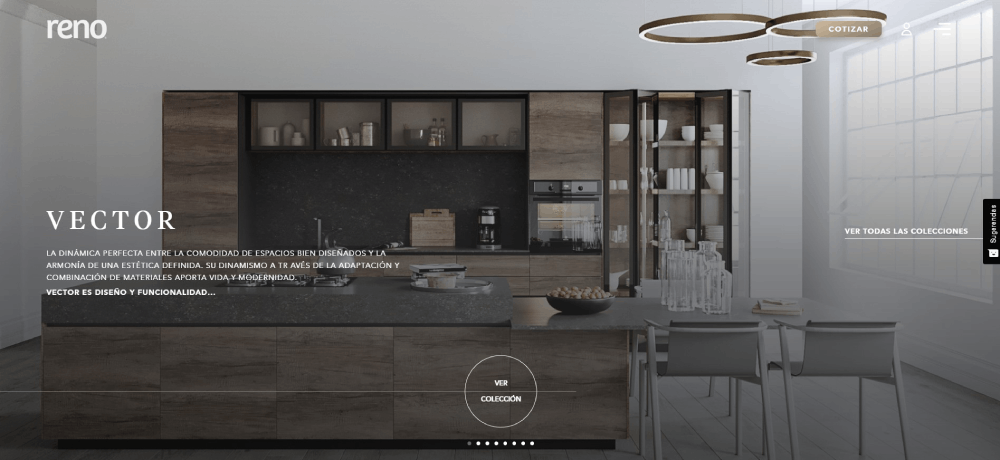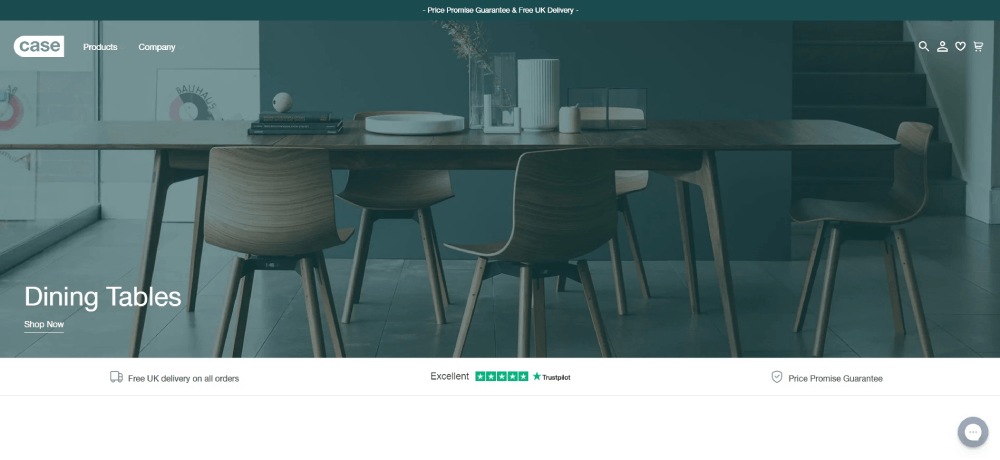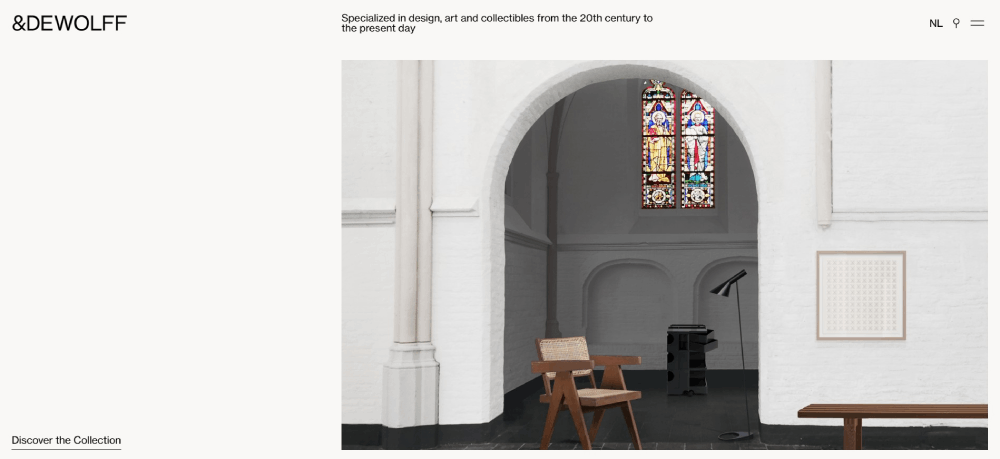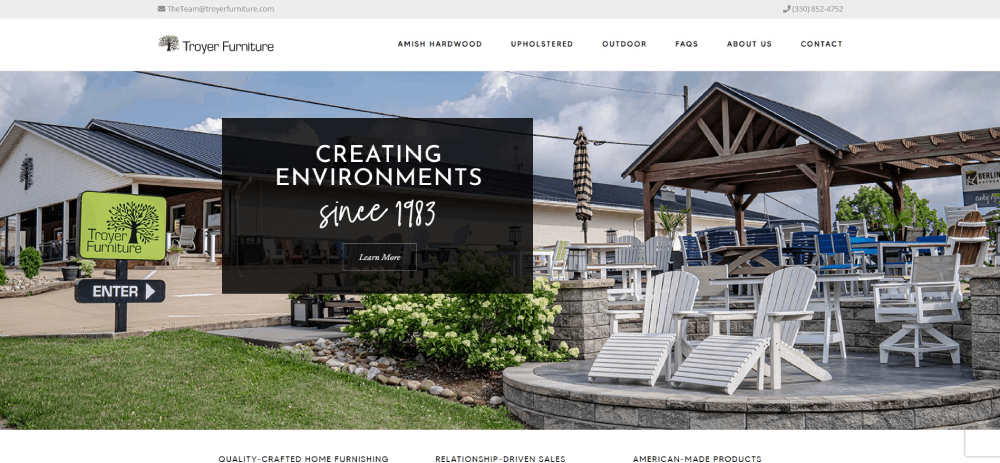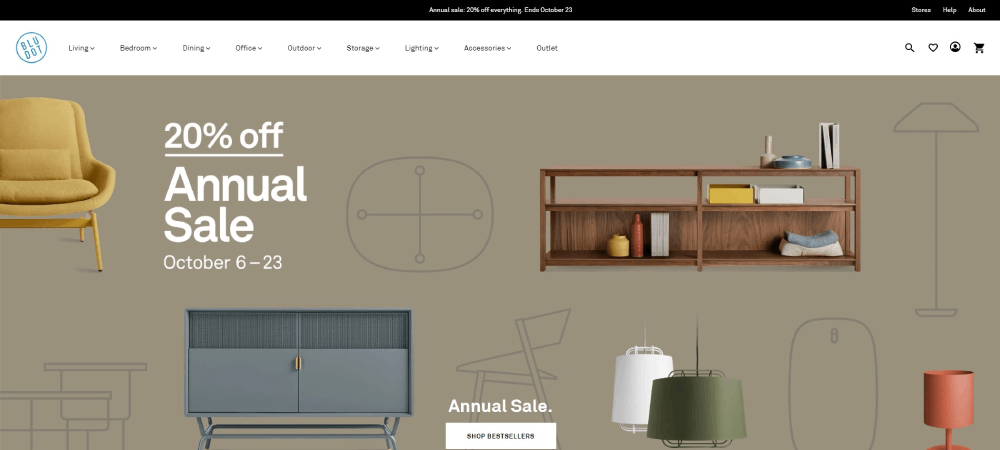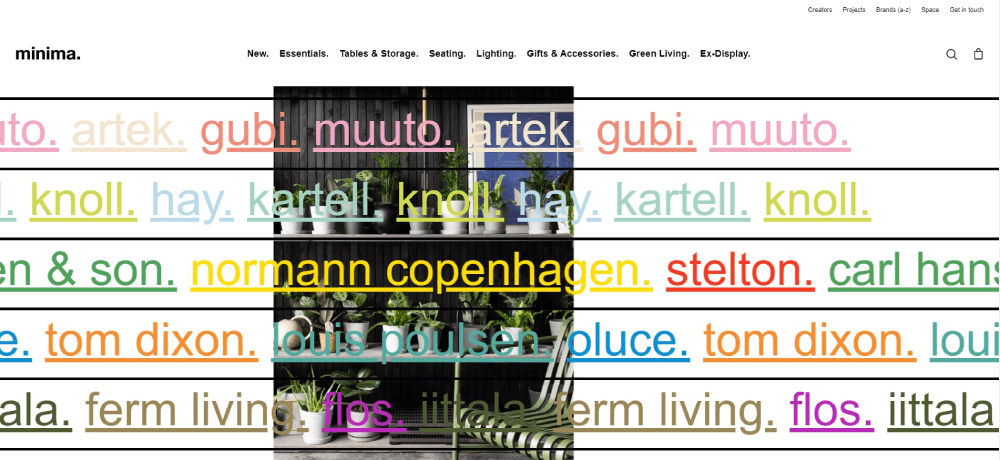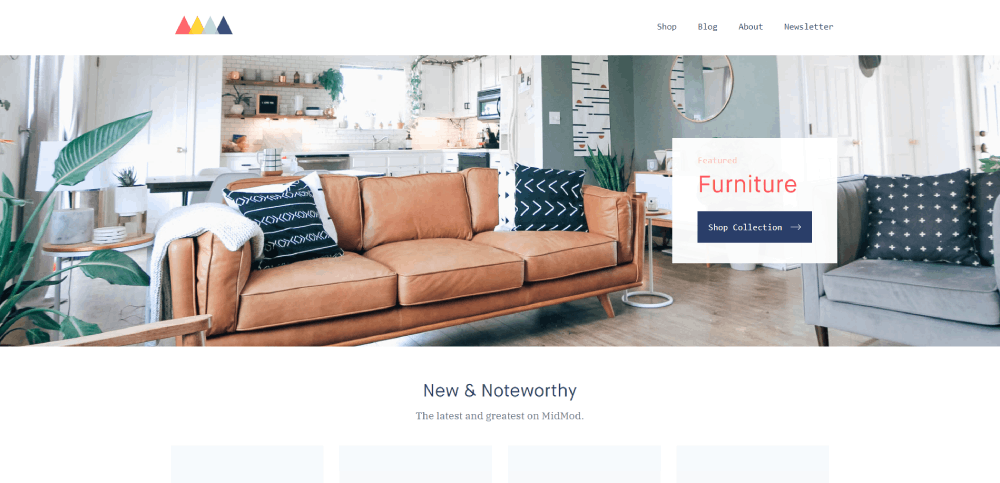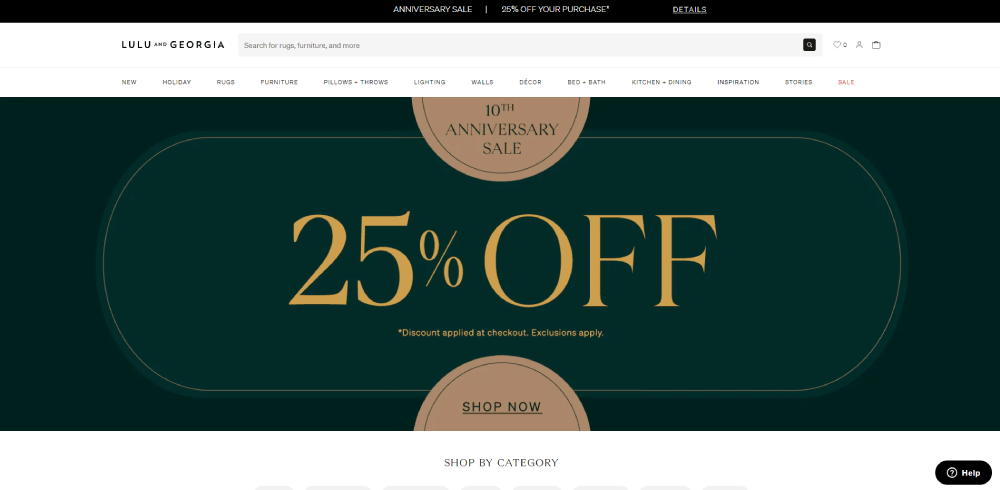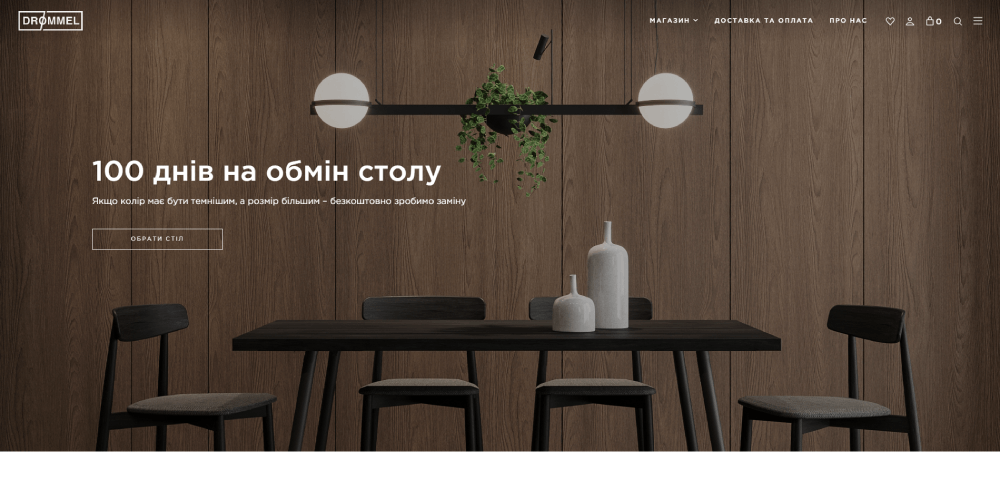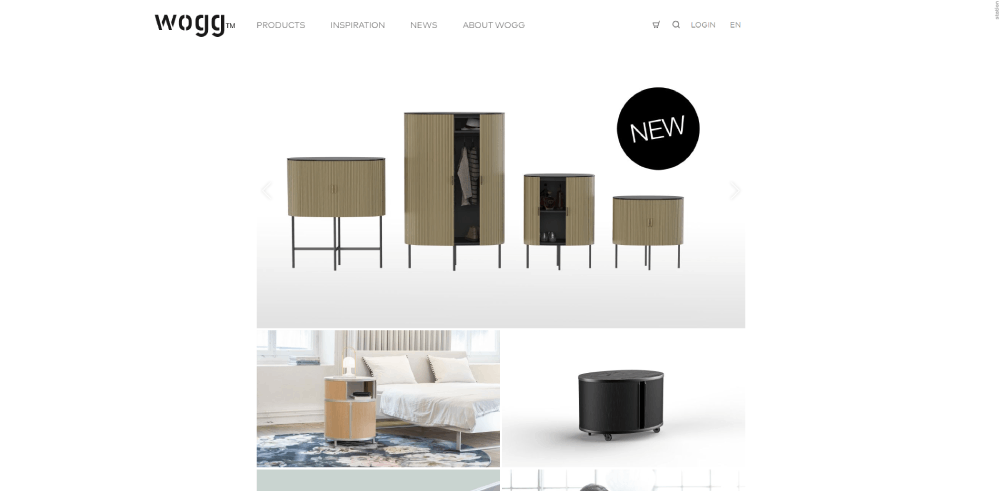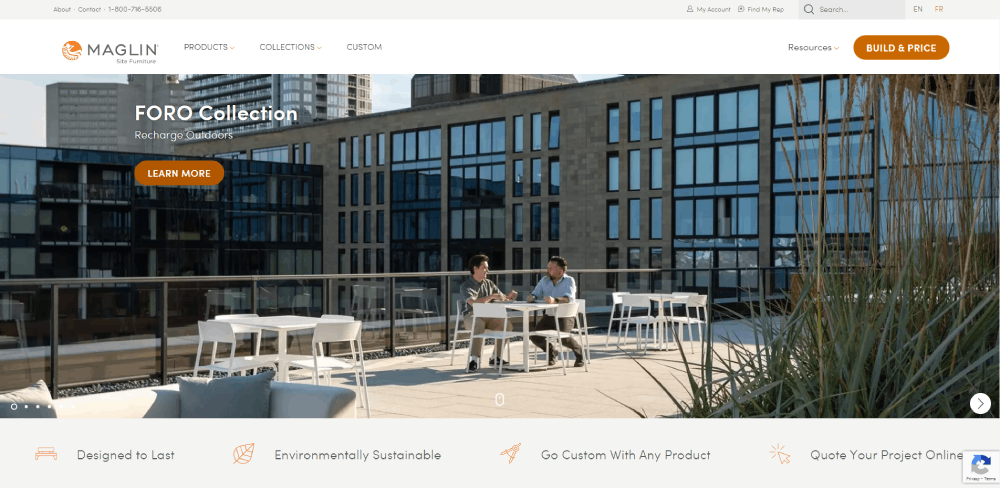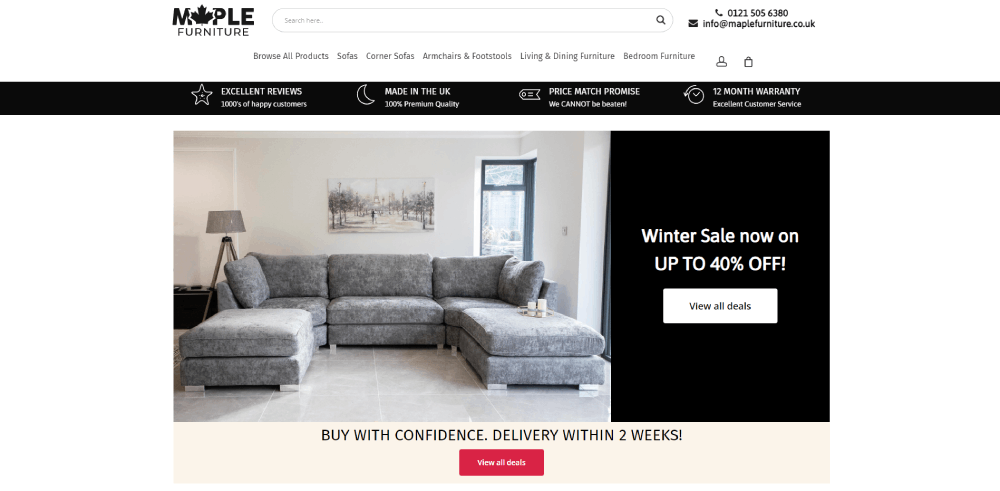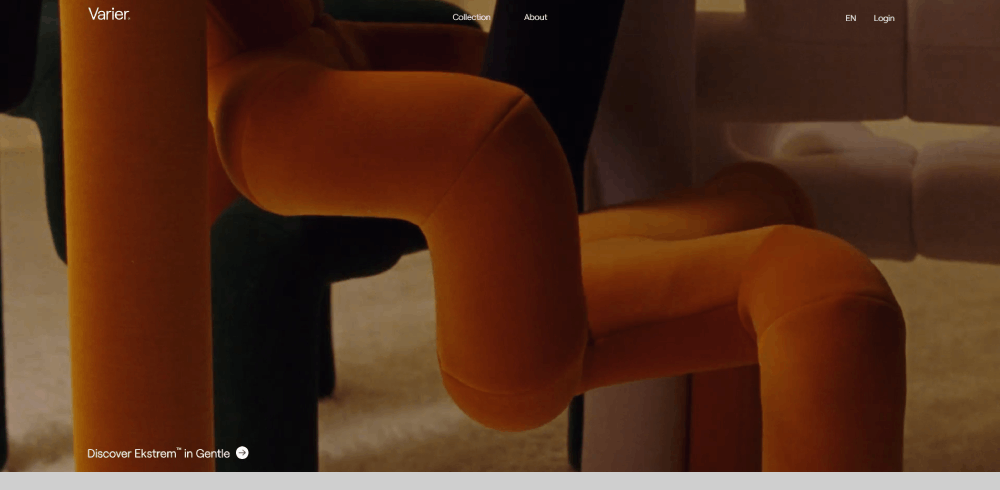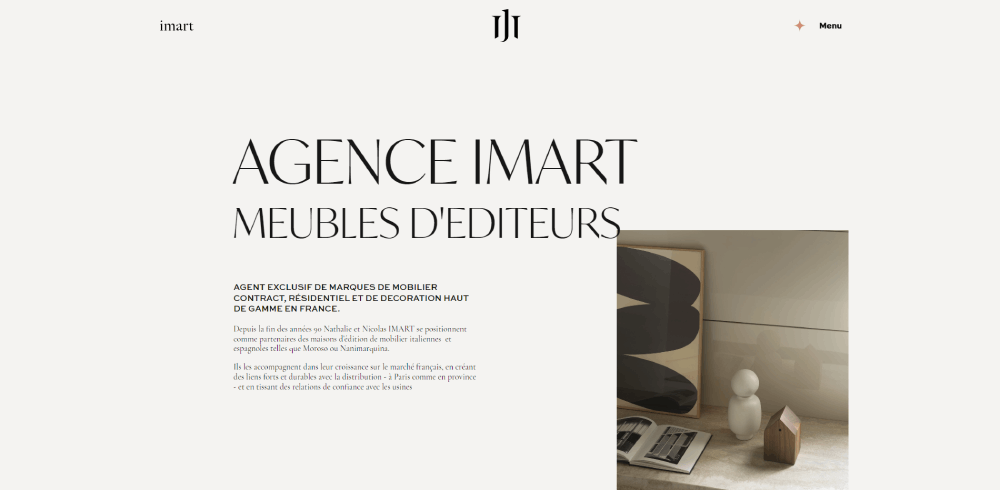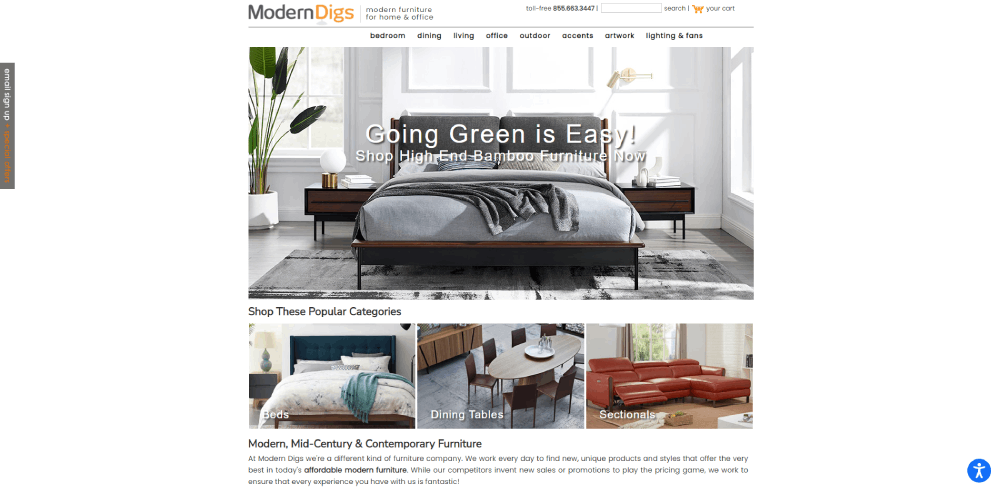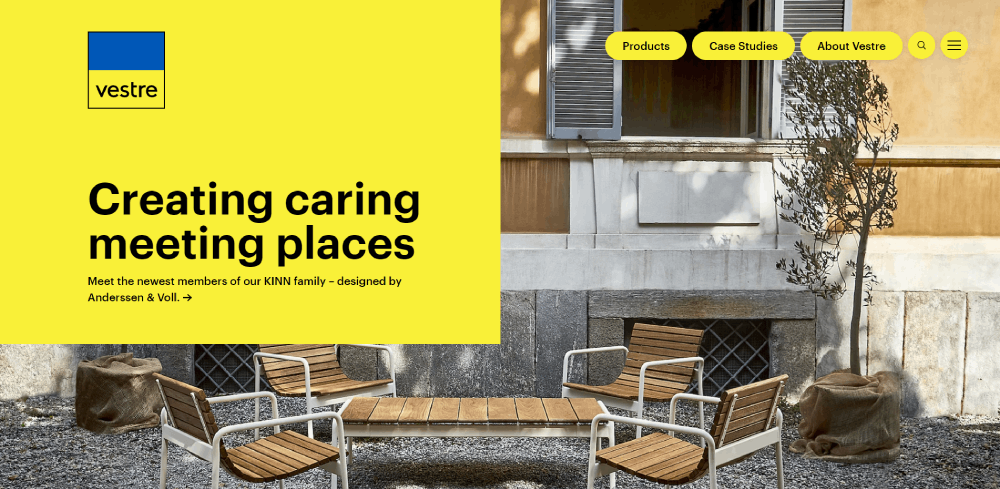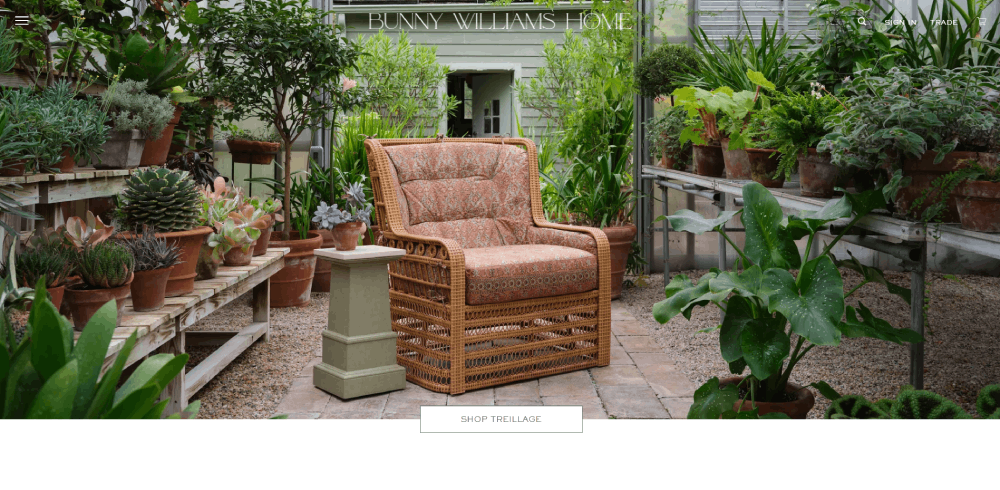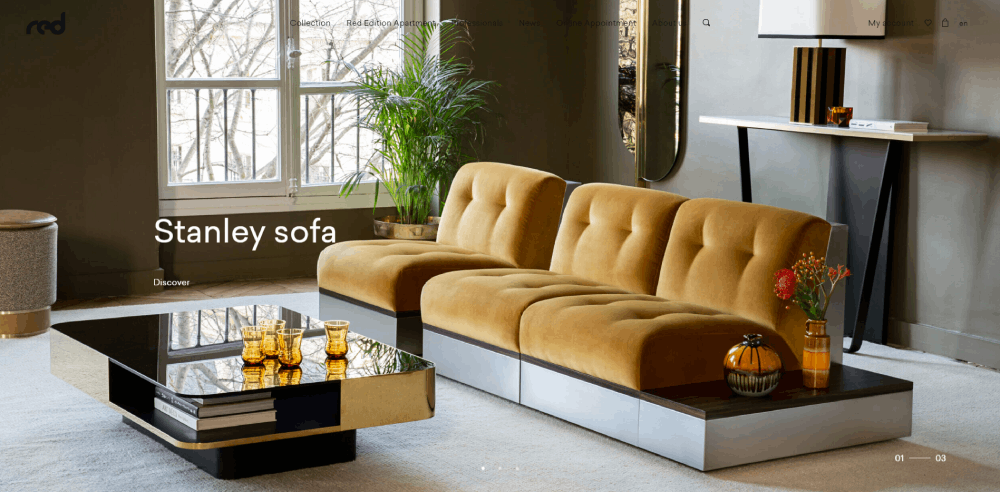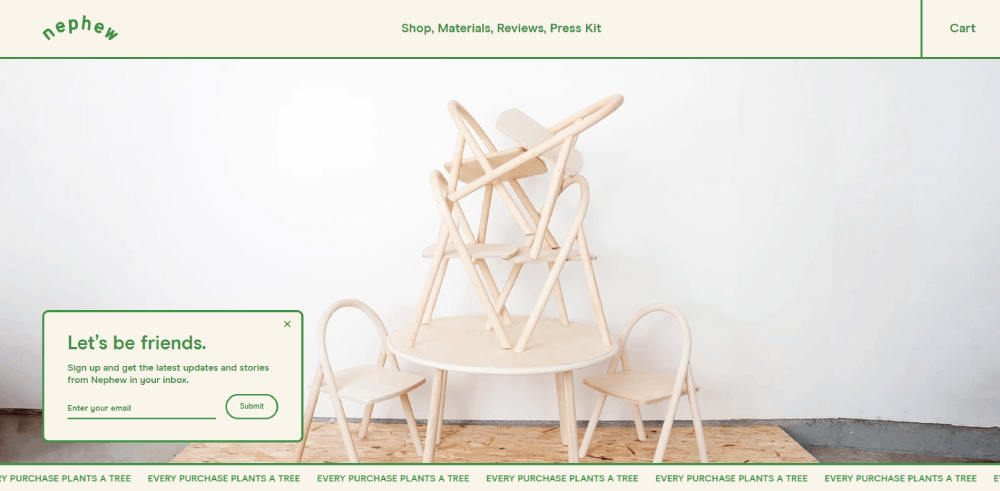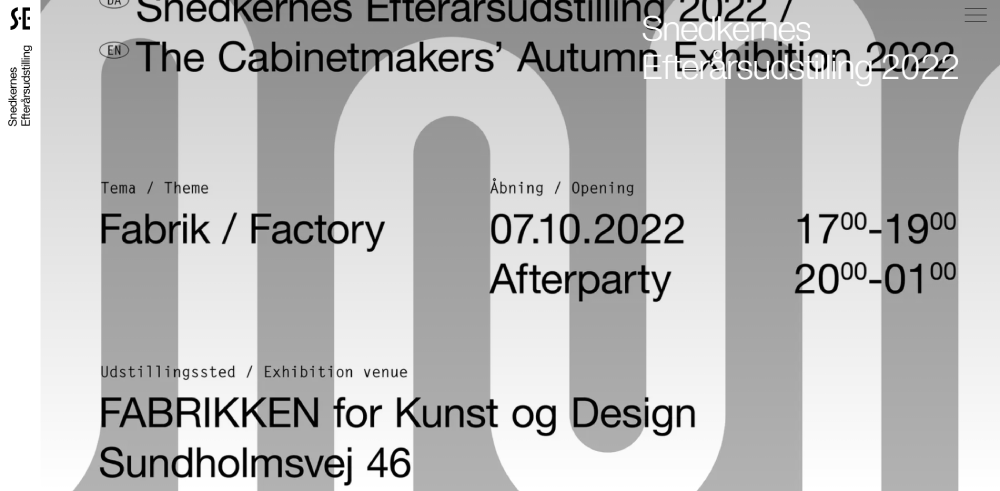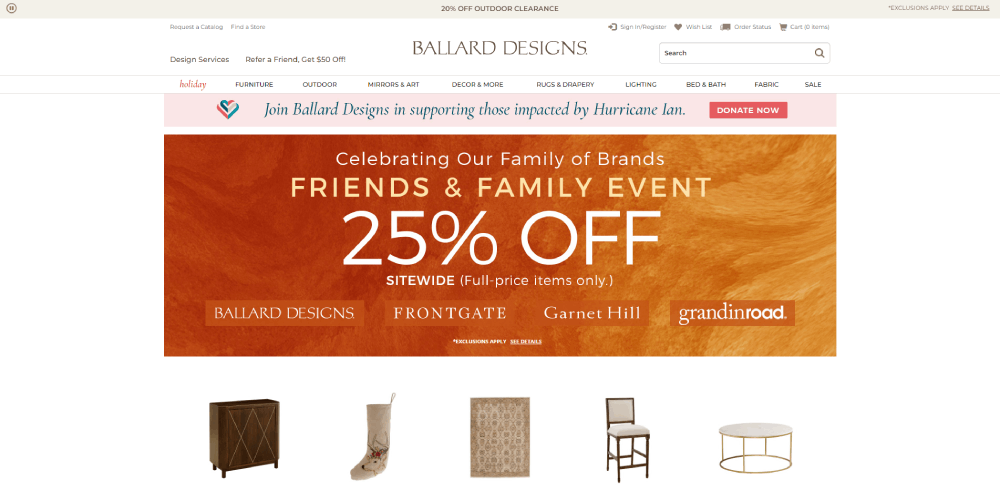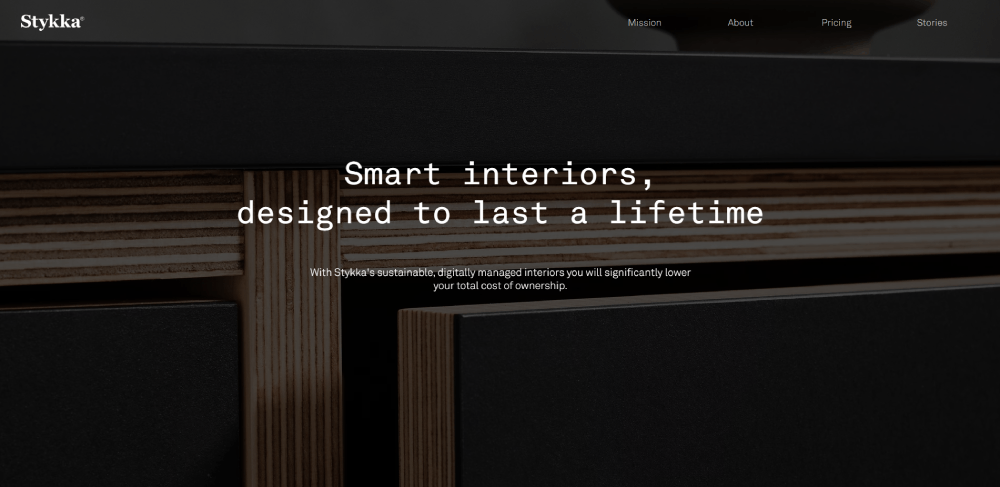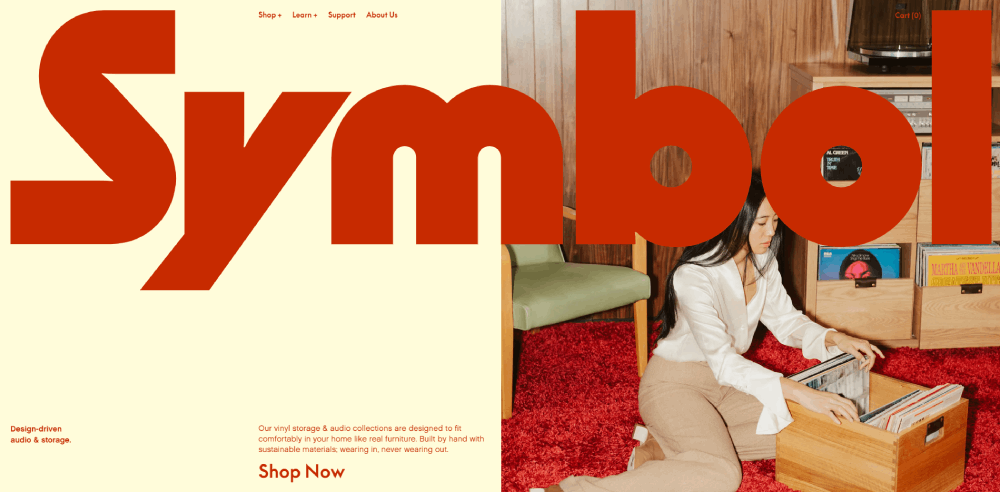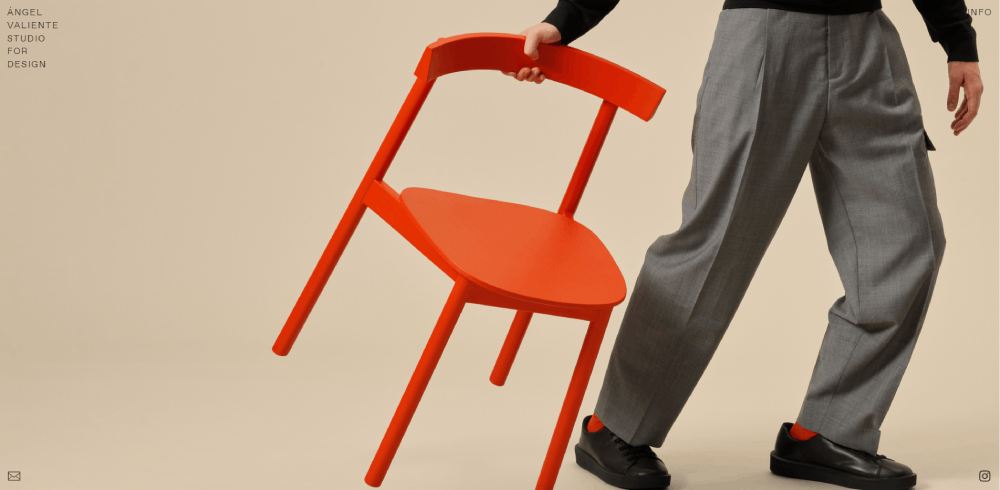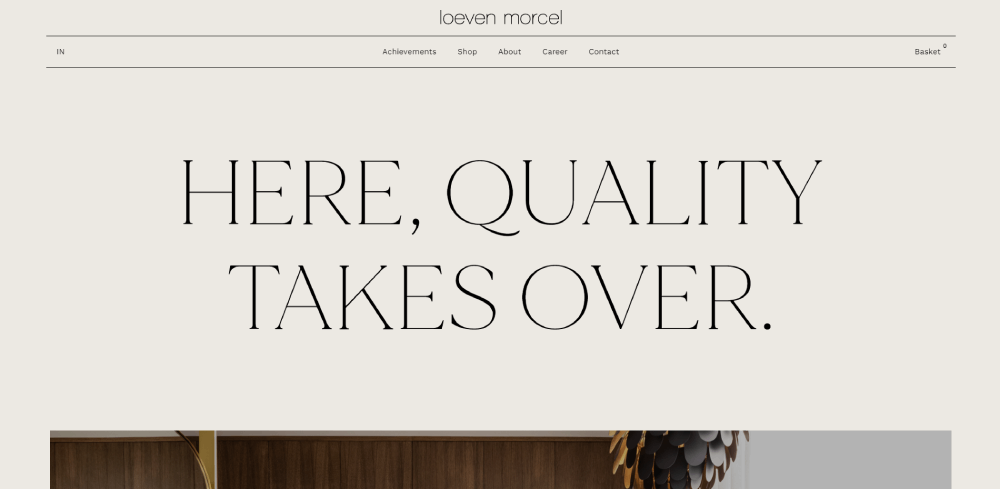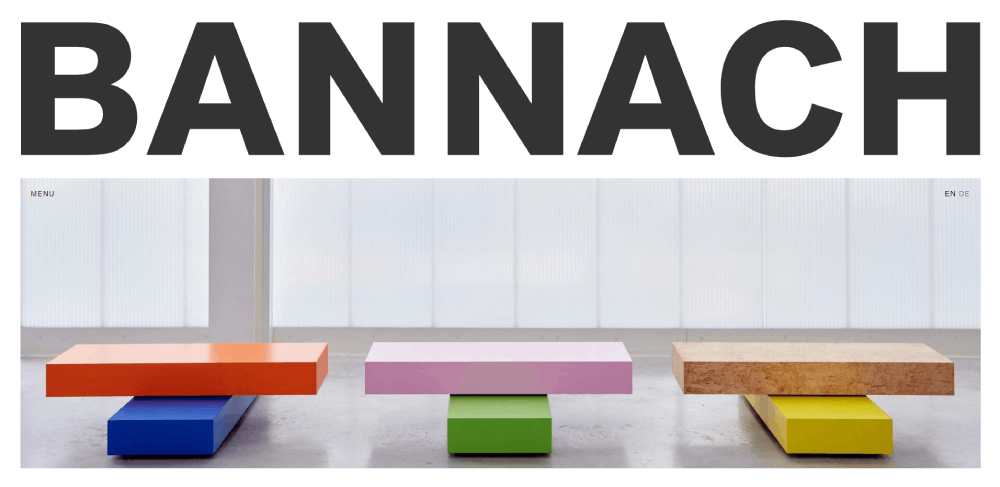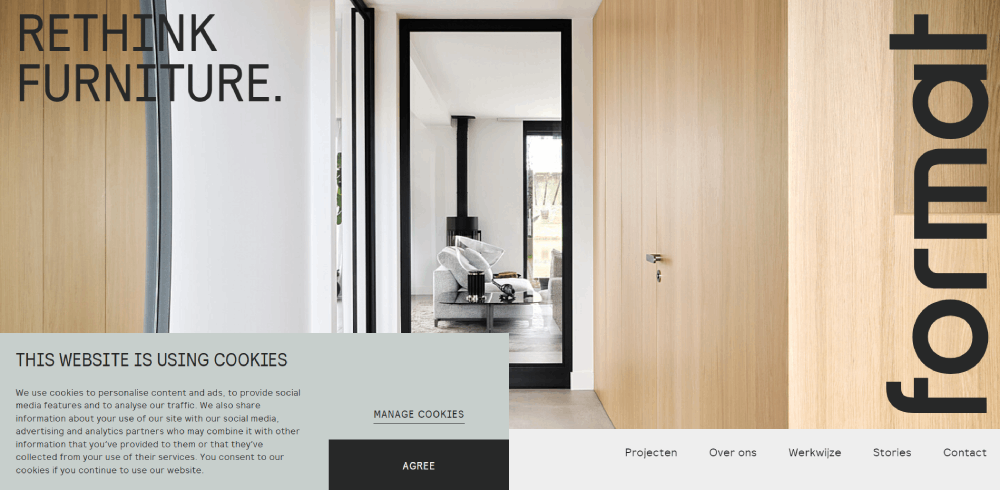
Stunning Examples of Hotel Website Templates
July 21, 2025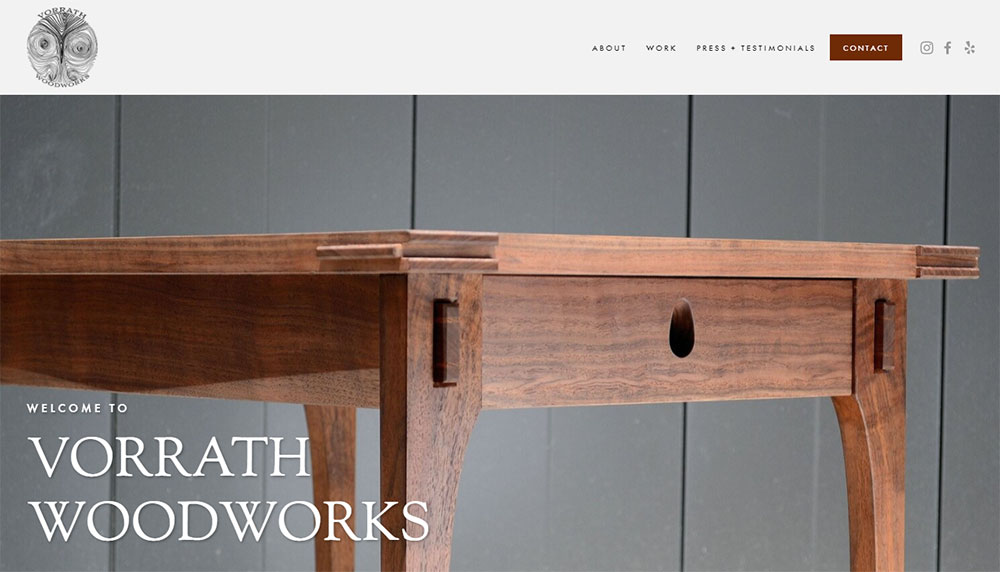
The Best Woodworking Website Design Examples
August 4, 2025Your furniture brand deserves a digital showcase that turns browsers into buyers. Today's consumers expect seamless shopping experiences that match the quality of your pieces, yet countless furniture websites fall short with cluttered layouts and poor navigation.
Successful furniture website design examples share common traits: stunning product photography, intuitive filtering systems, and room visualization tools that help customers imagine pieces in their homes. Whether you're launching a contemporary furniture boutique or redesigning an established home decor retailer, the right design approach can dramatically impact your conversion rates.
This guide analyzes standout furniture e-commerce sites from luxury brands to affordable retailers. You'll discover proven layout strategies, essential features for furniture catalogs, and modern website design principles that drive sales.
We'll cover responsive gallery designs, product configurator interfaces, and customer review integration techniques that leading furniture brands use to dominate their markets.
Furniture Website Design Examples
1place
FAQ on Furniture Website Design
What makes a furniture website design effective?
Effective furniture websites combine high-quality product photography with intuitive navigation and filtering systems. Users need clear category organization, multiple product angles, and room visualization tools. Fast loading times and mobile optimization are crucial since 60% of furniture shoppers browse on mobile devices.
How should product galleries be structured on furniture sites?
Product galleries should feature 360-degree views, zoom functionality, and lifestyle images showing pieces in real rooms. Include detail shots of materials, hardware, and construction. Many successful sites like West Elm use grid layouts with hover effects revealing additional angles and quick-view options.
What filtering options work best for furniture e-commerce?
Essential filters include price range, style (modern, traditional, contemporary), material, color, size, and room type. Advanced sites add brand, customer ratings, and availability filters. IKEA's filtering system exemplifies user-friendly navigation with visual style guides and clear category distinctions.
Should furniture websites include room visualization tools?
Absolutely. Room planner interfaces and AR visualization significantly boost conversion rates. Customers can see how pieces fit their space before purchasing. Tools like Wayfair's "View in Room" feature reduce returns and increase customer confidence in online furniture purchases.
How important is mobile optimization for furniture websites?
Mobile optimization is critical. Furniture shoppers frequently research on phones while visiting physical stores. Responsive website design ensures product images display properly, filtering works smoothly, and checkout processes remain streamlined across all devices.
What content should furniture product pages include?
Product pages need detailed specifications, multiple high-resolution images, assembly instructions, delivery information, and customer reviews. Include care instructions, warranty details, and suggested complementary items. Professional product photography with consistent lighting and backgrounds builds trust and showcases quality.
How can furniture websites improve their conversion rates?
Focus on reducing friction in the buying process. Add clear call to action buttons, streamlined checkout, multiple payment options, and transparent shipping costs. Customer testimonials, detailed return policies, and live chat support significantly impact purchase decisions for high-value furniture items.
What design mistakes do furniture websites commonly make?
Common mistakes include poor image quality, overwhelming product catalogs without proper filtering, slow loading times, and complex navigation. Avoid cluttered layouts, inconsistent styling, and missing size information. Many sites fail to showcase furniture scale, leading to customer disappointment upon delivery.
How should furniture websites handle customer reviews and testimonials?
Display customer reviews prominently on product pages with photos of items in actual homes. Include filtering by star rating and verified purchases. Create dedicated testimonial pages showcasing room transformations and customer stories to build social proof and trust.
What payment and shipping options should furniture sites offer?
Offer multiple payment methods including financing options for expensive pieces. Provide transparent delivery information with tracking capabilities. Many furniture sites partner with specialized delivery services for large items. Consider white glove delivery options and assembly services for premium customer experience.
Conclusion
Successful furniture website design examples demonstrate that exceptional user experience drives sales in this competitive market. From West Elm's seamless product configurators to Article's minimalist layouts, leading brands prioritize visual storytelling and intuitive navigation over flashy elements.
Your furniture retailer needs mobile-responsive galleries, comprehensive filtering systems, and room visualization features to compete effectively. Consider implementing AR tools and interactive catalogs that help customers envision pieces in their homes. The most profitable sites balance aesthetic appeal with functional design elements.
Focus on high-quality product photography, streamlined checkout processes, and transparent delivery information. Remember that furniture purchasing involves significant investment decisions, customers need detailed specifications, multiple viewing angles, and social proof through reviews.
Whether you're designing for luxury furniture brands or affordable home decor retailers, these proven strategies will enhance your digital presence and conversion rates. Start with mobile optimization and build comprehensive product showcases that inspire confidence in online furniture shopping.
If you enjoyed reading this article about furniture website design, you should check out these with hairstylist websites, florist websites, wedding photographer websites, and massage therapist websites.
We also wrote about similar topics like chiropractic websites, pizza websites, optometrist websites, gym website designs, coaching websites, surfing websites, and plumber website designs.

